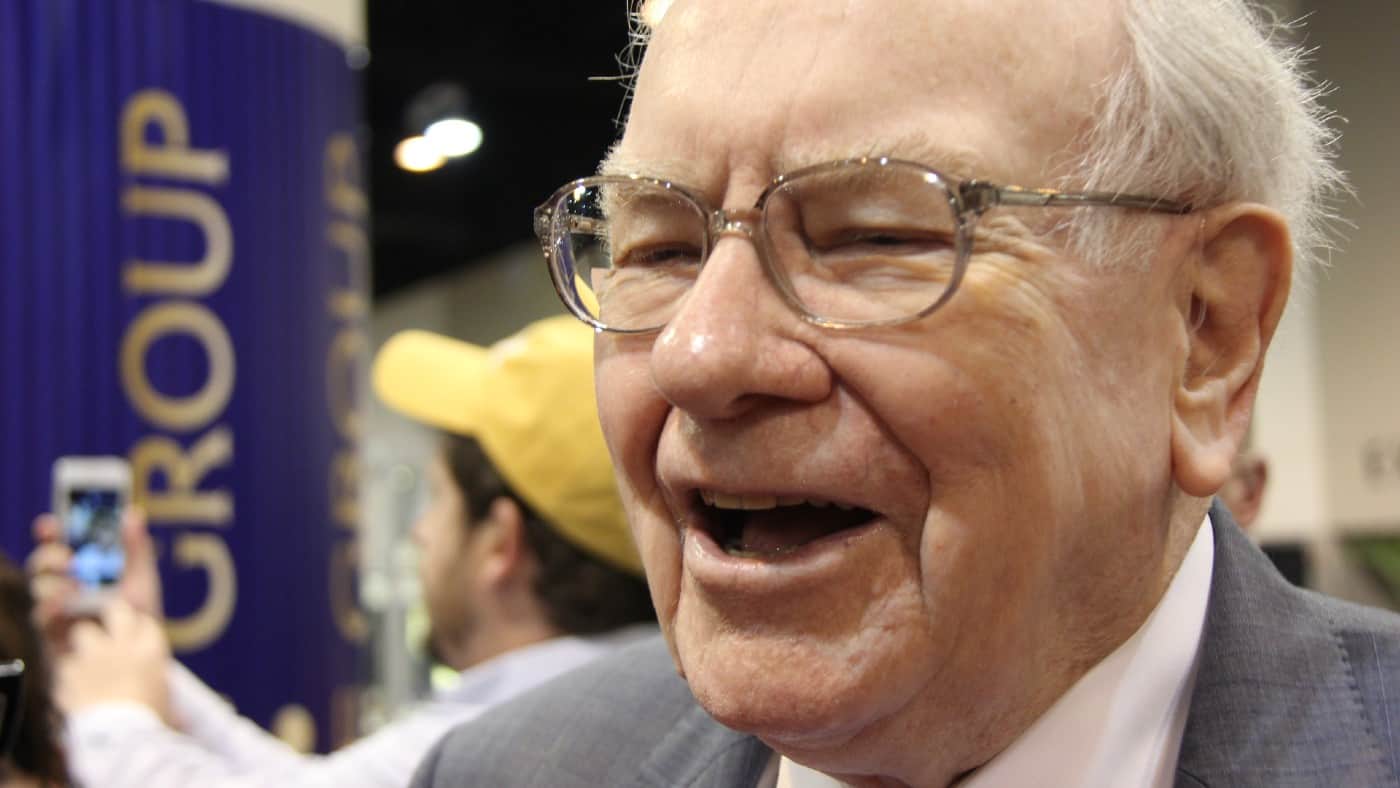The Bank of England has increased interest rates by half a percentage point to a 15-year high of 4 per cent, but suggested that rates may have reached their peak.
The BoE, which is now anticipating a milder recession this year than previously thought, said further rises would only be needed if there were new signs that inflation was going to stay too high for too long. It dropped previous guidance that it could act “forcefully”.
The Monetary Policy Committee voted seven to two in favour of the 10th consecutive rate increase.
“If there were to be evidence of more persistent [inflationary] pressures, then further tightening in monetary policy would be required,” the MPC said.
That wording suggests interest rates might peak at the new rate of 4 per cent, lower than the 4.5 per cent expected by financial markets.
Sterling weakened on Thursday, trading 0.45 per cent lower against the euro at €1.12 and 0.36 per cent lower against the dollar at $1.23.
The yield on the 10-year gilt slipped 0.13 percentage points to 3.17 per cent as the price of the debt rose. London’s FTSE 100 was up 0.5 per cent just after noon.
There was no attempt by the BoE to suggest that financial markets were misguided in expecting interest rate cuts later this year. But the committee made it clear it needed to see evidence that underlying inflation was coming down.
MPC members cautioned “that the risks to inflation are skewed significantly to the upside”, which underpinned the majority’s continued concern about price rises and justified the large interest rate rise on Thursday.
The BoE’s new central inflation forecast shows it thinks price rises will quickly ease from December’s 10.5 per cent annual rate to a level under 4 per cent by the end of the year. Inflation is forecast to drop well below the BoE’s 2 per cent target in 2024.
The two dissenting voices on the MPC, who voted to leave interest rates at 3.5 per cent, believed that the BoE had already done enough and Thursday’s interest rate rise to 4 per cent “would bring forward the point at which recent rate increases would need to be reversed”.
The BoE’s new economic forecasts were less pessimistic than its previous set of predictions in November, with the upgrade attributed to lower wholesale gas prices and a new assumption that companies will be reluctant to lay off employees during a difficult time for the economy.
The BoE is now predicting a mild recession, with output falling 1 per cent from the peak in 2022 to a trough in 2024 with five quarters of gently falling output. While the government will be encouraged by the forecast upgrade, the BoE made it clear it thought the UK economic performance would be weak for some time.
The growth forecast was still marginally more pessimistic than the IMF this week, with gross domestic product expected to contract 0.7 per cent in the fourth quarter of the year compared with the same period in 2022. The equivalent IMF forecast was for the economy to shrink 0.5 per cent.
After looking at the likely supply of workers, low business investment and trade weakness, bank officials think the UK economy cannot expand even at a 1 per cent annual rate without generating inflationary pressures.
Before the financial crisis, the equivalent sustainable average annual growth rate was 2.5 per cent, and before the coronavirus pandemic it was around 1.5 per cent. The BoE attributed the long-term underlying weakness of the economy to Brexit, the pandemic and the energy crisis.
The BoE’s downgrade implies it expects the output to be no higher at the start of 2026 than it was just before the pandemic at the end of 2019.
Credit: Source link














